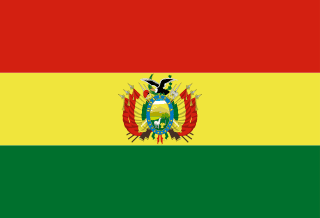Introduction

How is the communication system in Bolivia? Here, Broadcast media include large number of radio and TV stations broadcasting with private media outlets dominating; state-owned and private radio and TV stations generally operating freely, although both pro-government and anti-government groups have attacked media outlets in response to their reporting (2019). What about Telecommuication systems and Internet? Explore this article to find out more.
More about communication in Bolivia
| Internet country code | .bo |
|---|---|
| Broadband - fixed subscriptions | |
| Total | 1.33 million (2022 est.) |
| Subscriptions per 100 inhabitants | 11 (2022 est.) |
| Internet users | |
| Percent of population | 70% (2023 est.) |
| Telephones - fixed lines | |
| Total subscriptions | 550,000 (2021 est.) |
| Subscriptions per 100 inhabitants | 4 (2022 est.) |
| Telephones - mobile cellular | |
| Total subscriptions | 12 million (2021 est.) |
| Subscriptions per 100 inhabitants | 100 (2021 est.) |
All Important Facts about Bolivia
Want to know more about Bolivia? Check all different factbooks for Bolivia below.









